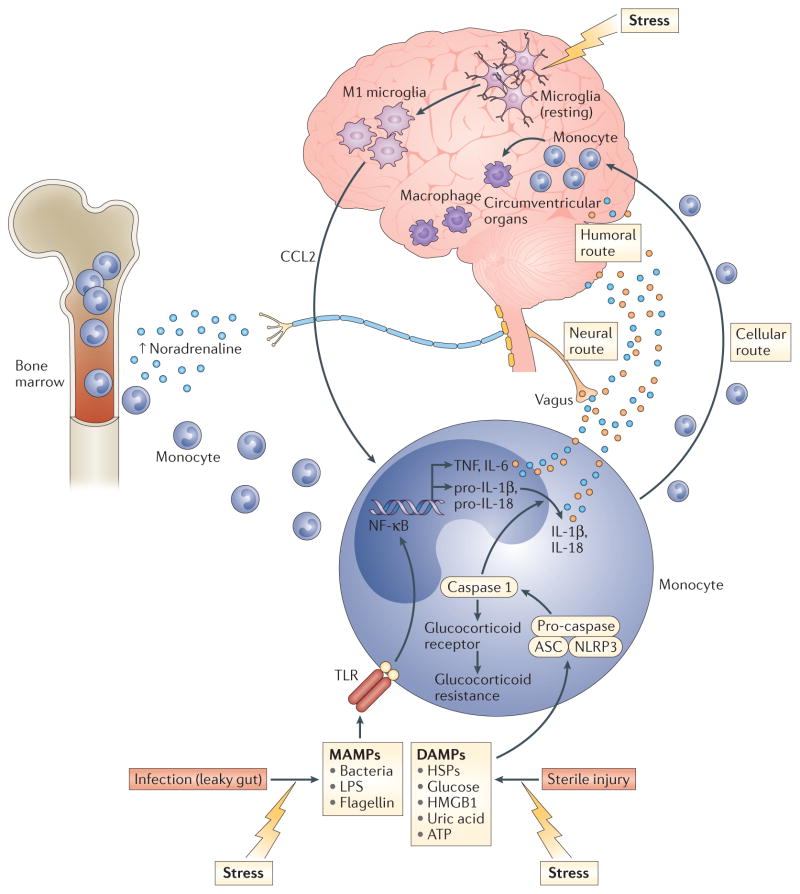Figure 2. Transmitting stress-induced inflammatory signals to the brain.
In the context of psychosocial stress, catecholamines (such as noradrenaline) released by activated sympathetic nervous system fibres stimulate bone marrow production and the release of myeloid cells (for example, monocytes) that enter the periphery where they encounter stress-induced damage-associated molecular patterns (DAMPs), bacteria and bacterial products such as microbial-associated molecular patterns (MAMPs) leaked from the gut. These DAMPs and MAMPs subsequently activate inflammatory signalling pathways such as nuclear factor-κB (NF-κB) and the NOD-, LRR- and pyrin domain-containing protein 3 (NLRP3) inflammasome. Stimulation of NLRP3 in turn activates caspase 1, which leads to the production of mature interleukin-1β (IL-1β) and IL-18 while also cleaving the glucocorticoid receptor contributing to glucocorticoid resistance. Activation of NF-κB stimulates the release of other pro-inflammatory cytokines including tumour necrosis factor (TNF) and IL-6, which together with IL-1β and IL-18 can access the brain through humoral and neural routes. Psychosocial stress can also lead to the activation of microglia to a M1 pro-inflammatory phenotype, which release CC-chemokine ligand 2 (CCL2) that in turn attracts activated myeloid cells to the brain via a cellular route. Once in the brain, activated macrophages can perpetuate central inflammatory responses. ASC, apoptosis-associated speck-like protein containing a CARD; HMGB1, high mobility group box 1; HSP, heat shock protein; LPS, lipopolysaccharide; TLR, Toll-like receptor.

